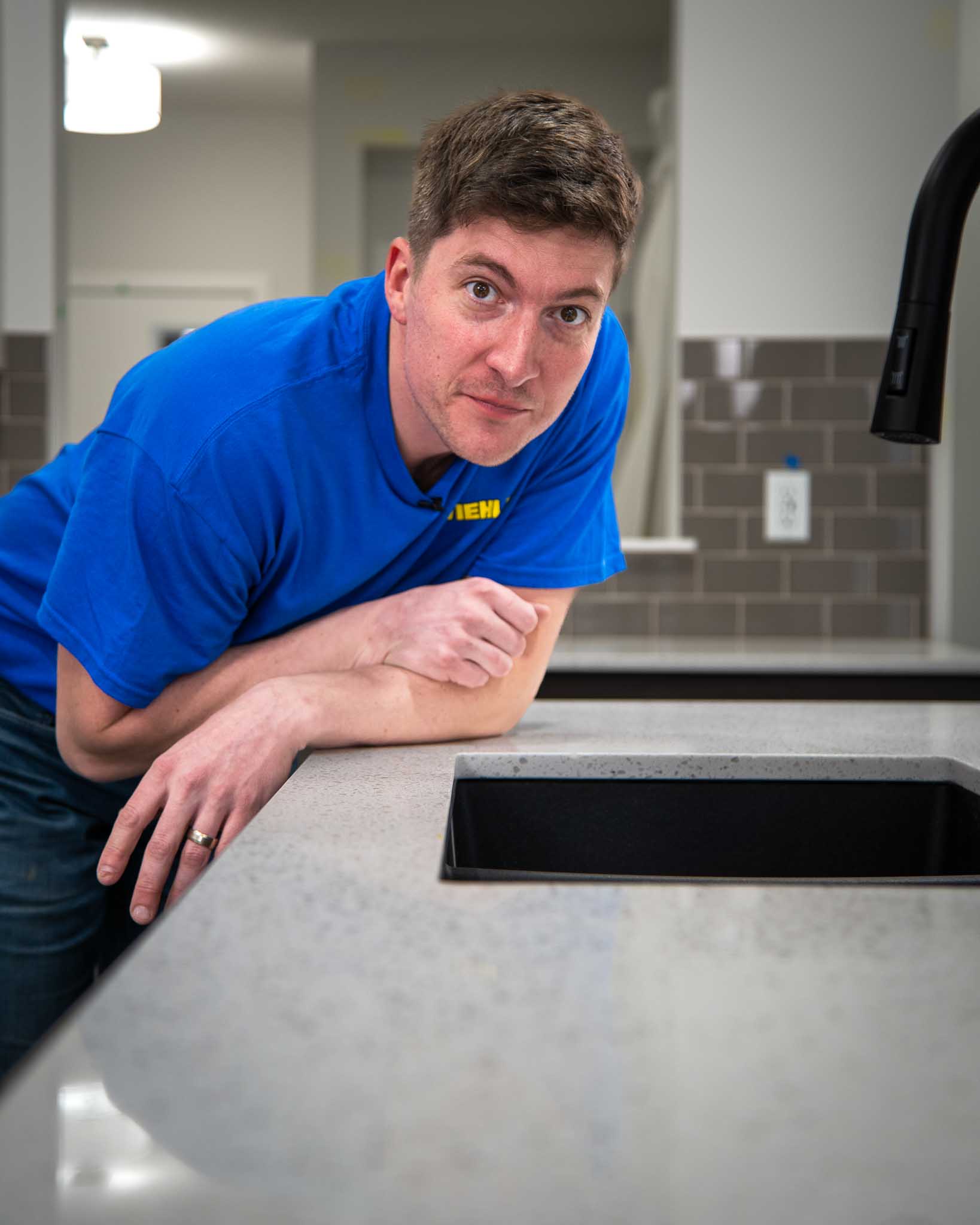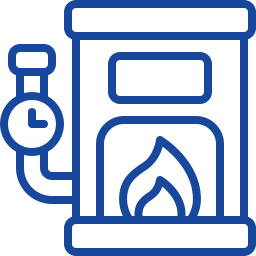How to Replace a Bathroom Faucet: A Step-by-Step Guide
Get a Quote

Replacing a bathroom faucet is one of the most effective ways to refresh your sink area and solve common plumbing issues. It’s a project most homeowners can tackle with a few tools, a bit of patience, and some preparation. Here’s a clear step-by-step guide to help you get it done.
What You’ll Need
-
- New bathroom faucet (matching your sink’s hole configuration)
- Adjustable wrench or basin wrench
- Plumber’s tape (Teflon tape)
- Silicone sealant or bathroom caulk
- Gaskets or rubber/plastic seals (usually included with the faucet)
- Bucket or small container
- Cleaning rag and all-purpose cleaner
- Optional: new sink drain kit if replacing the drain
Step 1: Prepare the Area
-
-
Turn off the water supply under the sink by closing the hot and cold shut-off valves.
-
Relieve pressure by turning on the faucet and letting any remaining water drain out.
-
Clear the space under the sink for easy access, and place a bucket underneath to catch drips.
-
Step 2: Remove the Old Faucet
-
-
Disconnect the hot and cold water supply lines from the faucet.
-
Loosen and remove the mounting nuts underneath the sink. A basin wrench helps in tight spaces.
-
Detach the lift rod from the drain assembly if your faucet has one.
-
Lift the old faucet out from above the sink.
-
Clean the sink surface and remove any old sealant or residue.
-
Step 3: Replace the Drain (Optional)
If your new faucet comes with a drain assembly:
-
- Remove the P-trap and disconnect the old drain.
- Install the new drain tailpiece and flange, using plumber’s putty or sealant where needed.
- Reattach the P-trap securely.
Step 4: Install the New Faucet
-
-
Place the new faucet in the sink holes, using the gasket or seal provided.
-
From below, secure the faucet with mounting nuts. Hand-tighten first, then finish with a wrench—avoid over-tightening.
-
Connect the lift rod to the drain assembly if applicable.
-
Reconnect the hot and cold supply lines to the new faucet.
-
Apply a bead of silicone or caulk around the faucet base if required.
-
Step 5: Test for Leaks
-
-
Turn the water supply back on.
-
Run both hot and cold water for a few minutes.
-
Check all connections above and below the sink. Tighten gently if you see drips.
-
Make sure the drain works properly and seals when closed.
-
Pro Tips
-
-
Match your faucet style to the sink’s hole setup before purchasing.
-
Use plumber’s tape on threaded connections for a watertight seal.
-
Don’t overtighten fittings, which can damage parts or crack porcelain.
-
Keep a towel or rag handy—some water is always left in the lines.
-
Replacing a bathroom faucet is a manageable DIY project that can instantly upgrade your bathroom. With the right preparation and tools, you’ll have a clean, modern faucet installed in no time. And if you run into challenges—like corroded fittings or tight spaces—don’t hesitate to call a professional plumber for help.
More Services
Need a Plumber in Calgary?
Don’t wait until the damage spreads. If something’s gone wrong with your plumbing, get in touch with our expert team today. At Wiehler Plumbing and Heating, we take every emergency seriously—because your home matters.
Call us today
at 403-300-0813 or request service online for fast help with your plumbing and HVAC needs!



